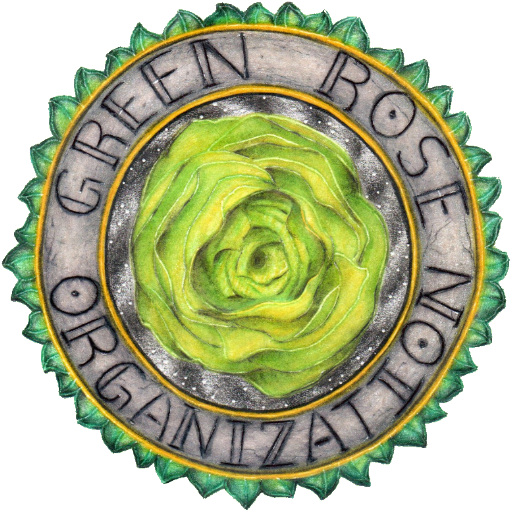
THE POWER OF VISUALIZATION
UNDERSTANDING HOW THE MENTAL PROCESS OF VISUALIZATION CAN IMPACT ONES PERFORMANCE
Visualization, often referred to as mental rehearsal or imagery, has a profound impact on performance across various domains—whether in sports, academics, or creative pursuits. This process involves vividly imagining a desired outcome or the steps to achieve it, engaging the mind in ways that align closely with actual experience. Here’s how it works and why it’s so effective: 1. Neural Activation Mimics Physical Practice—When you visualize performing a task, your brain activates neural pathways similar to those used during the actual activity. This phenomenon, called functional equivalence, helps strengthen the connection between your mind and body. For instance, athletes who mentally rehearse a movement improve their motor skills, even without physical practice. 2. Focus and Clarity of Goals—Visualization hones focus by forcing you to mentally walk through what success looks like. It allows you to identify steps, anticipate challenges, and mentally prepare solutions. This mental clarity enhances confidence and reduces hesitation during actual performance. 3. Emotional and Physiological Regulation—Visualizing positive outcomes can help regulate emotions like anxiety or stress. By imagining yourself calm, focused, and capable, your body often mirrors that state. This effect stems from the mind-body connection, where thoughts influence physiological responses such as heart rate and muscle tension. 4. Enhancing Motivation and Belief in Success—Seeing yourself succeed in your mind’s eye reinforces the belief that you *can* succeed. This motivational boost increases persistence and resilience, especially when faced with setbacks. 5. Repetition Without Fatigue—One key advantage of visualization is that it allows for repeated practice without the physical toll. For example, musicians mentally rehearsing a piece can refine their skills while avoiding overuse injuries. 6. Creative Problem-Solving—When you visualize scenarios, your brain unconsciously explores innovative ways to navigate challenges. This creative rehearsal leads to greater adaptability and a sense of readiness. In essence, visualization acts as a mental dress rehearsal, blending practice, preparation, and emotional regulation. To optimize its impact, make the imagery vivid and multisensory—engaging sight, sound, touch, or even smell. For example, a runner might imagine the rhythm of their breath, the texture of the track, and the sensation of crossing the finish line.
THE NEURAL-LINGUISTIC PROGRAMMING (NLP) APPROACH TO VISUALIZING GOALS
The NLP (Neuro-Linguistic Programming) method for visualizing goals is a structured approach that leverages the connection between thoughts, language, and behavior to enhance goal achievement. Here’s an overview of how it works: Core Principles of NLP Visualization 1. Engage All Senses: NLP emphasizes creating vivid, sensory-rich mental images. This means not just seeing your goal but also imagining the sounds, feelings, smells, and even tastes associated with achieving it. For example, if your goal is to deliver a presentation, you might visualize the applause, feel the smooth podium, and hear your confident voice. 2. Clarity Through SMART Goals: NLP often integrates the SMART framework (Specific, Measurable, Achievable, Relevant, Time-bound) to ensure goals are well-defined. For instance, instead of “I want to be healthier,” you might visualize “I will run a 5k in under 30 minutes by June.” 3. Positive Framing: NLP encourages focusing on what you *want* to achieve rather than what you want to avoid. For example, instead of “I don’t want to procrastinate,” you might visualize “I will complete tasks promptly and feel accomplished.” 4. Anchoring Positive Emotions: This involves associating empowering emotions (like confidence or excitement) with your visualization. For example, recalling a moment when you felt proud and linking that feeling to your goal can boost motivation. 5. Adjusting Submodalities: NLP allows you to tweak the “settings” of your mental imagery, such as brightness, size, or proximity. For example, making the image of your goal larger and more vivid can make it feel more achievable. 6. Overcoming Mental Blocks: If you struggle to visualize, NLP suggests starting small—like imagining a simple object—and gradually building up to more complex scenarios. This helps train your brain to create detailed mental images. 7. Daily Practice: Consistency is key. Spending 5–20 minutes daily visualizing your goals reinforces neural pathways and aligns your mindset with your objectives.

